Rachel Ablir, Region 5 Director
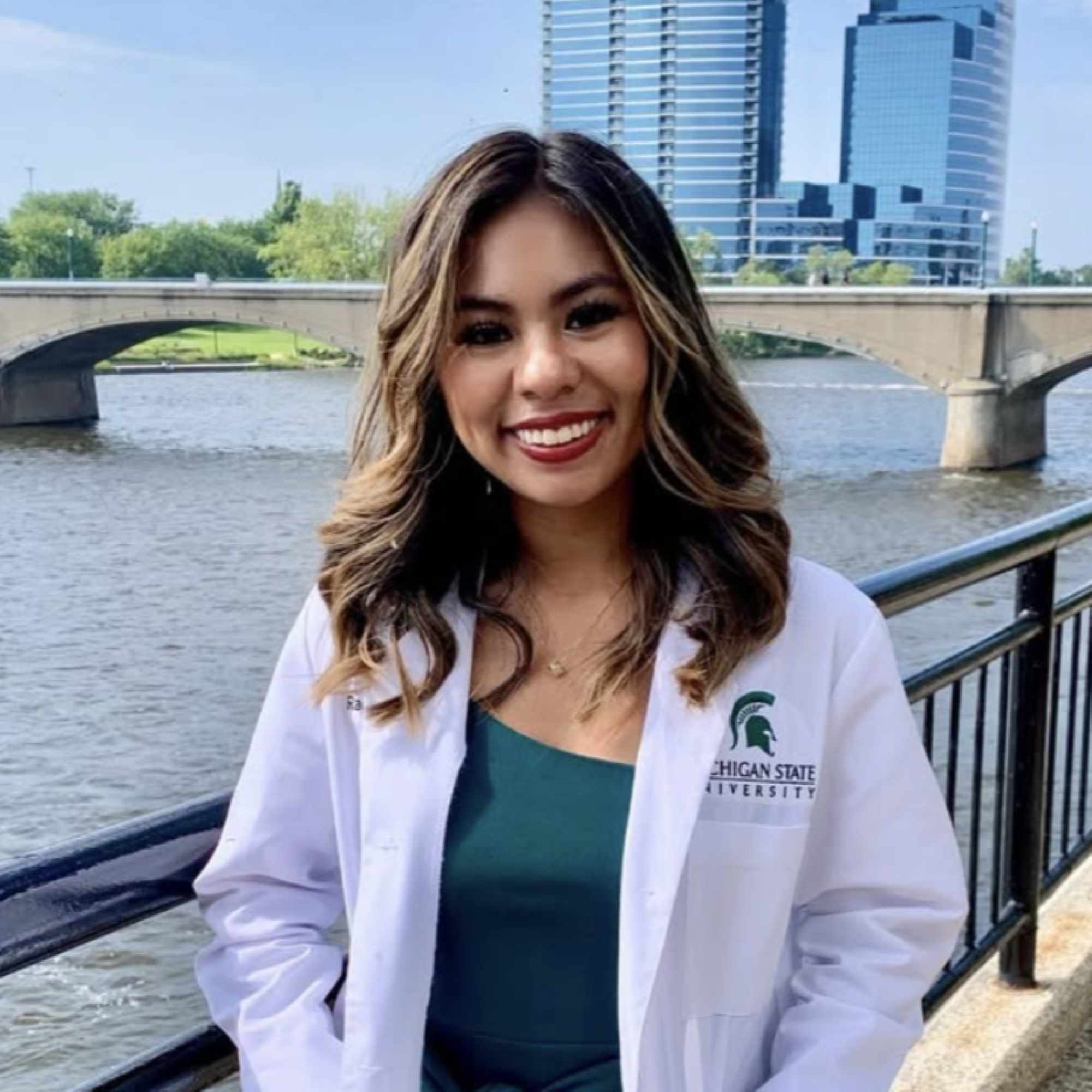
Network Director
Rachel Ablir is a third-year medical student at Michigan State College of Human Medicine. She was born and raised in Southern California and later attended UC Berkeley, where she majored in Public Health. During her gap years, she served as the Clinic Director at Mabuhay Health Center, a free clinic primarily serving uninsured Filipino elderly in San Francisco. She also worked on community-based research projects addressing health disparities in underserved populations, particularly AANHPI communities and deaf and hard-of-hearing children. She joined APAMSA during her first year of medical school then later served as the local chapter Vice President the following year. She is eager to continue advocating for the health of Asian American communities and integrating culturally-sensitive healthcare as a future medical provider.
Nick Sze, Region 5 Director
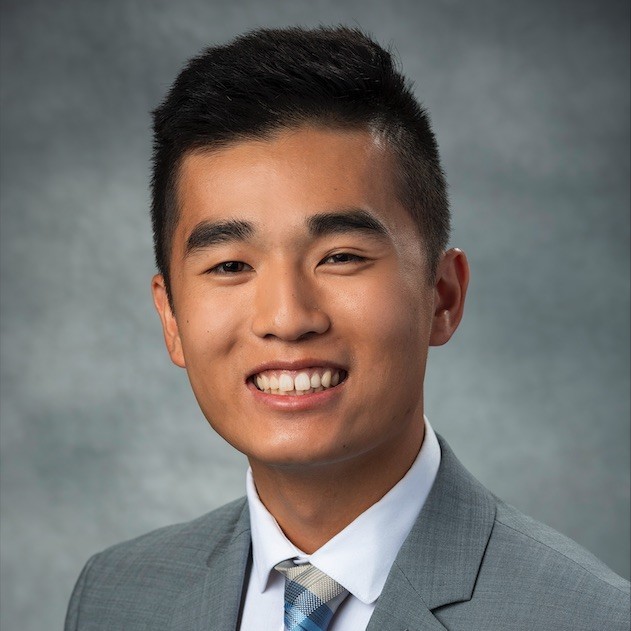
Network Director
Hello! My name is Nick Sze, and I am an incoming third-year at Wright State University Boonshoft School of Medicine. I am originally from the Columbus, Ohio area and completed my undergraduate at Ohio University. My past APAMSA experiences include being the co-president of the Wright State chapter and serving on the 2024-2025 Hepatitis Committee. I am excited to serve as one of the Region V Directors this year to promote AANHPI health and community in the Midwest, where I have grown up and lived for nearly my whole life! In my free time, I enjoy birdwatching, travelling, and spending time with friends and family.
Helen Heo, Region 4 Director
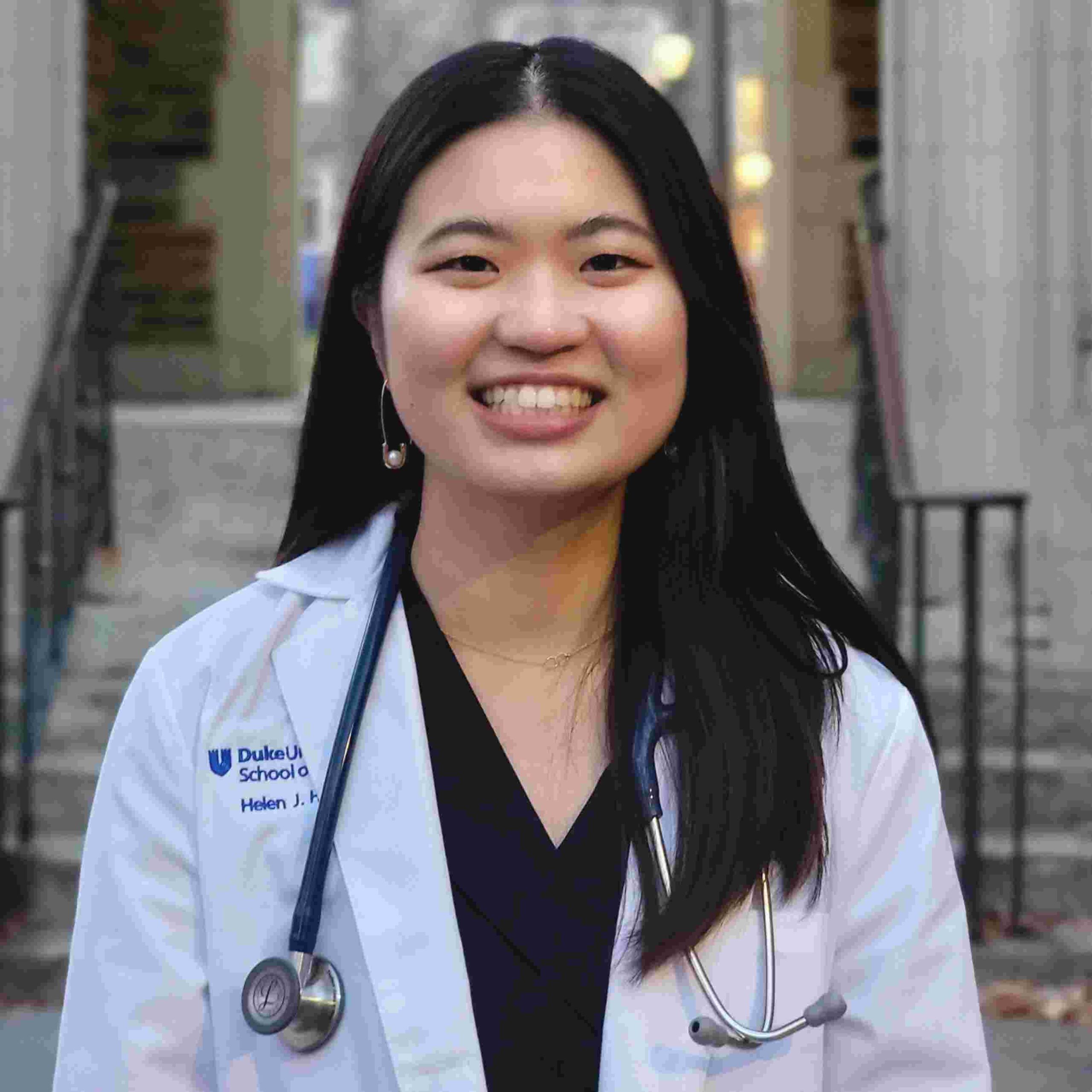
Network Director
Helen Heo is a fourth-year MD/PhD student at the Duke University School of Medicine. Originally from Milwaukee, WI, she completed her B.S. in Neurobiology and Molecular Biology at the University of Wisconsin-Madison before spending a year in San Francisco, CA as a SENS Research Foundation Postbaccalaureate Research Fellow at the Buck Institute for Research on Aging. She then moved to Durham, NC to pursue her MD/PhD training at Duke. She is completing her PhD in lab of Dr. Cagla Eroglu, where her research focuses on the development and specification of white matter astrocytes.
She has been involved in Duke’s chapter of APAMSA for the past four years, serving as chapter president in 2023-2024. She then served as National Conference Logistics Director for the 2025 National APAMSA Conference at the Duke University School of Medicine. She is looking forward to connecting more with the southeast APAMSA chapters as a Region IV Director!
Diane Janelle Camonayan, Region 4 Director
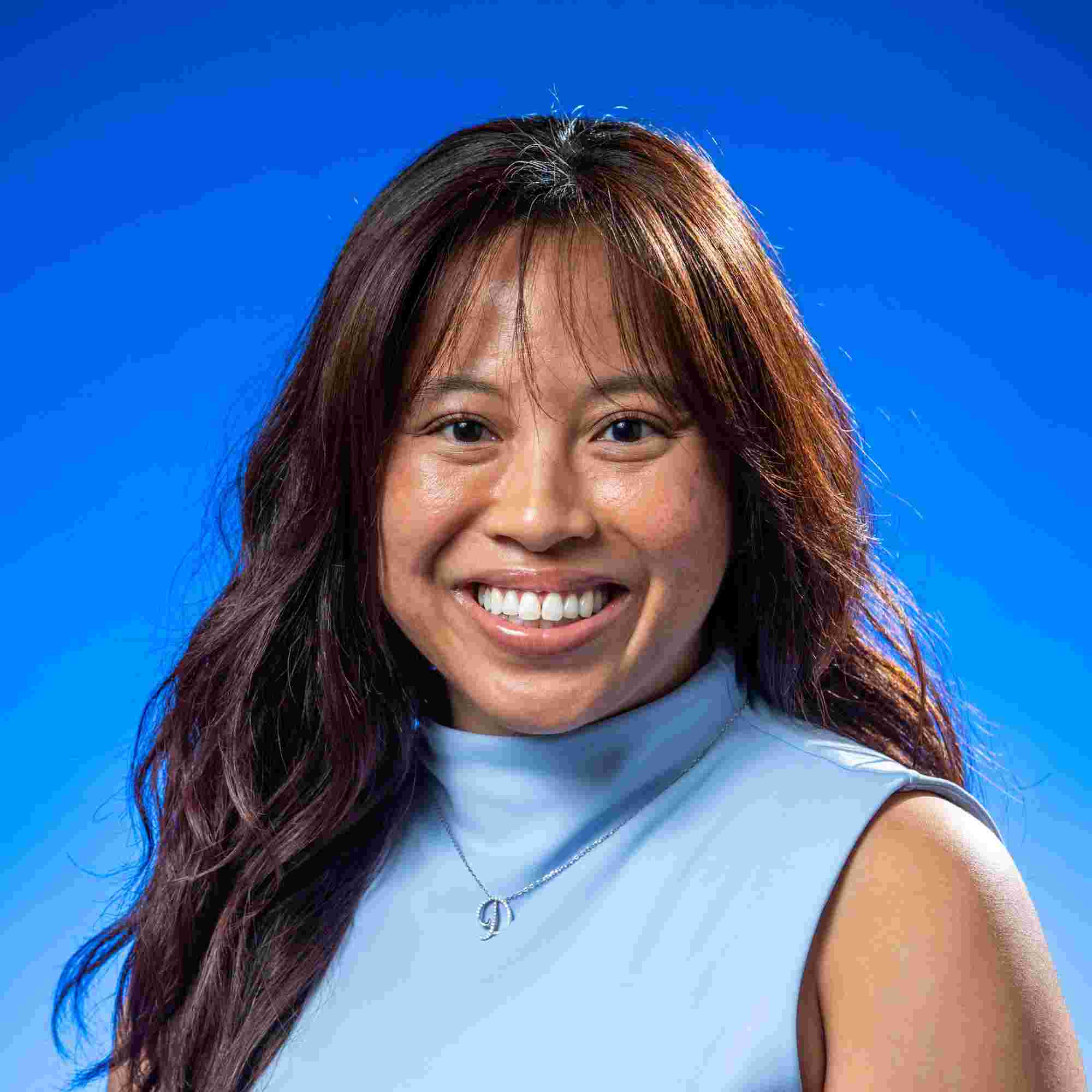
Network Director
Diane Janelle, “D.J.”, is currently a second year medical student at the Philadelphia College of Osteopathic Medicine in Georgia. She completed her B.S. in Nursing at Georgia State University and worked as a registered nurse before deciding to pursue medicine. She is the eldest daughter to Filipino immigrants, and loves staying in touch with her culture. So naturally, APAMSA was a perfect fit for her, integrating both the Asian American experience and the love for healthcare. Outside of school, she loves to travel, exercise (she just finished her first half marathon and she is a hot yoga enthusiast), and try new places to eat. Her current medical interests are EM, IM, OB/GYN, Anesthesia, and Pathology.
Danika Ng, Region 4 Director
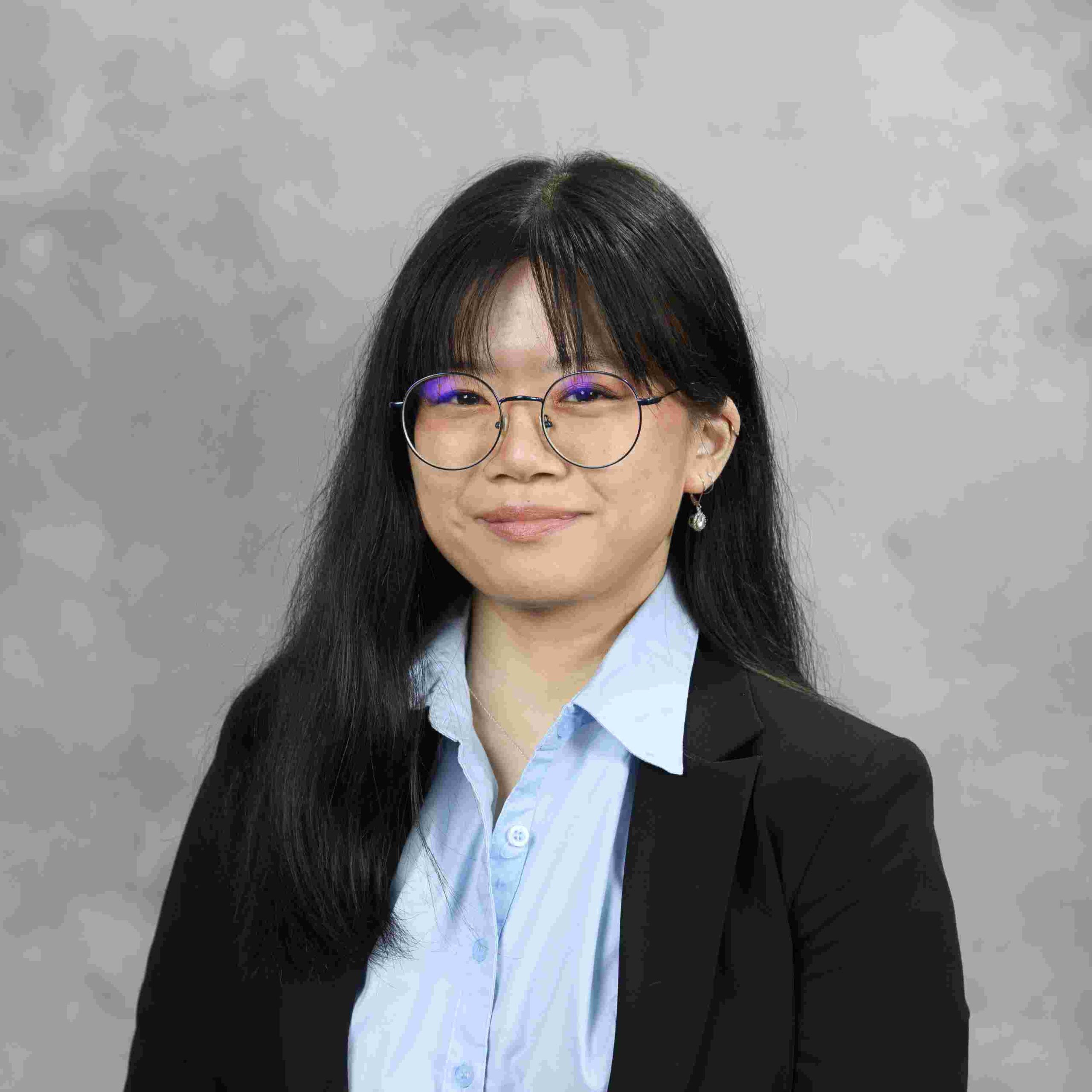
Network Director
Danika Ng is currently a second year medical student at the Campbell University School of Osteopathic Medicine. She has completed her B.S. in Biology with dual honors, worked at Atrium Health as a certified nurse aide for three years, volunteered at Shelter Health Services (a nonprofit clinic dedicated to providing free medical care to unhoused women and children), and conducted independent research. Additionally, she founded a local APAMSA chapter at her medical school, where she served as Chapter President, before taking on an APAMSA National Board leadership role as Region IV Director. In her free time, she enjoys sewing, snowboarding, gardening, and watching Youtubers play horror video games because she is too afraid to play them herself. After medical school, she aims to pursue a career in internal medicine and specialize in cardiology.
Lucy Zhou, Region 3 Director
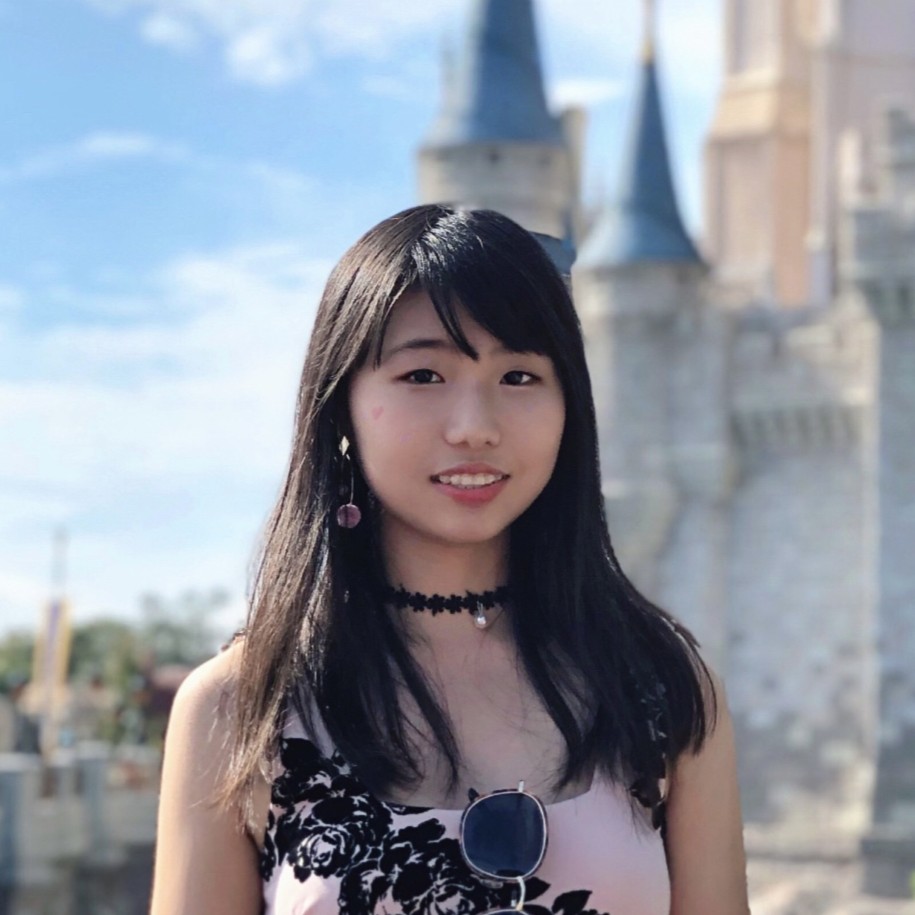
Network Director
Hi! I’m Lucy, a medical student at Drexel University College of Medicine. I grew up between Atlanta, Beijing, and Virginia, and studied at University of Richmond where I majored in Biology and Healthcare Studies with minors in Business and Music. During my gap years, I worked as a MA and later in healthcare consulting, and spent time traveling as a digital nomad and volunteered with an AANHPI student organization. Attending a predominantly white institution motivated me to join APAMSA to help foster a more connected community for AANHPI medical students. I previously served as Co-President of the DUCOM chapter and am excited to continue advocating for our community. I’m passionate about medical humanities, innovation, mentorship, and addressing disparities in health literacy and access within immigrant communities. In my free time, I love reading novels, learning music production, creating digital art, traveling, trying new foods, and catching live music whenever I can.
Jeffrey Wang, Region 3 Director
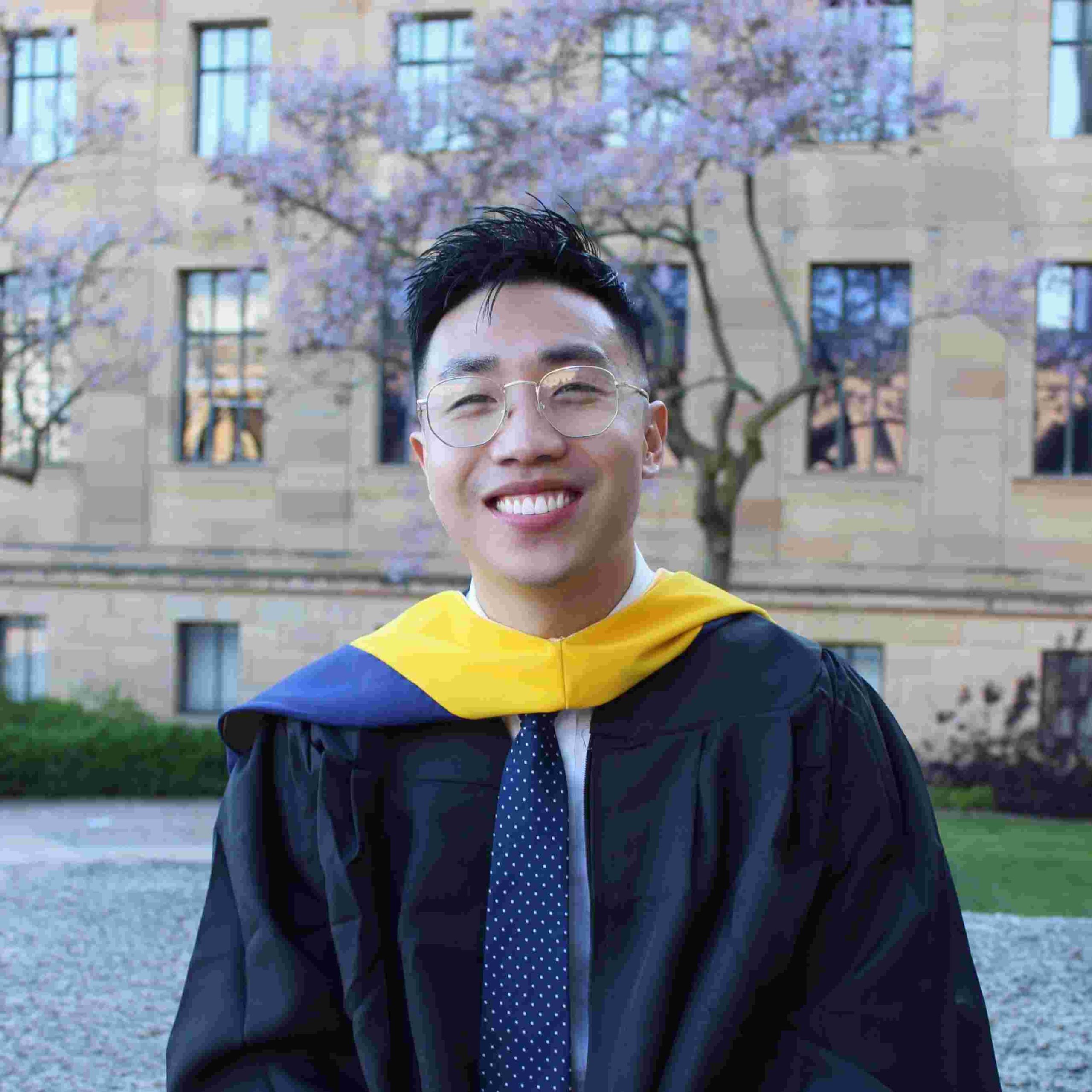
Network Director
Hi APAMSA! My name is Jeffrey Wang, and I am a rising fourth-year medical student at Drexel University College of Medicine (DUCOM) in Philadelphia. I was born and raised in San Antonio, Texas, and graduated from UCLA with a BS in Molecular, Cellular and Developmental Biology in 2019. Following undergrad, I stayed in LA to work in Skid Row for over a year prior to moving back home to San Antonio during the middle of the pandemic, where I then worked as a certified Medical Assistant for an anesthesiology/pain medicine clinic. I applied and was accepted into a one-year specialized Master’s program at Drexel, where I eventually matriculated into their medical school beginning in 2022. As DUCOM’s past APAMSA co-president, I’m very excited to continue to serve AANHPI communities as Region III Co-Director!
Stephen Chien, Region 3 Director
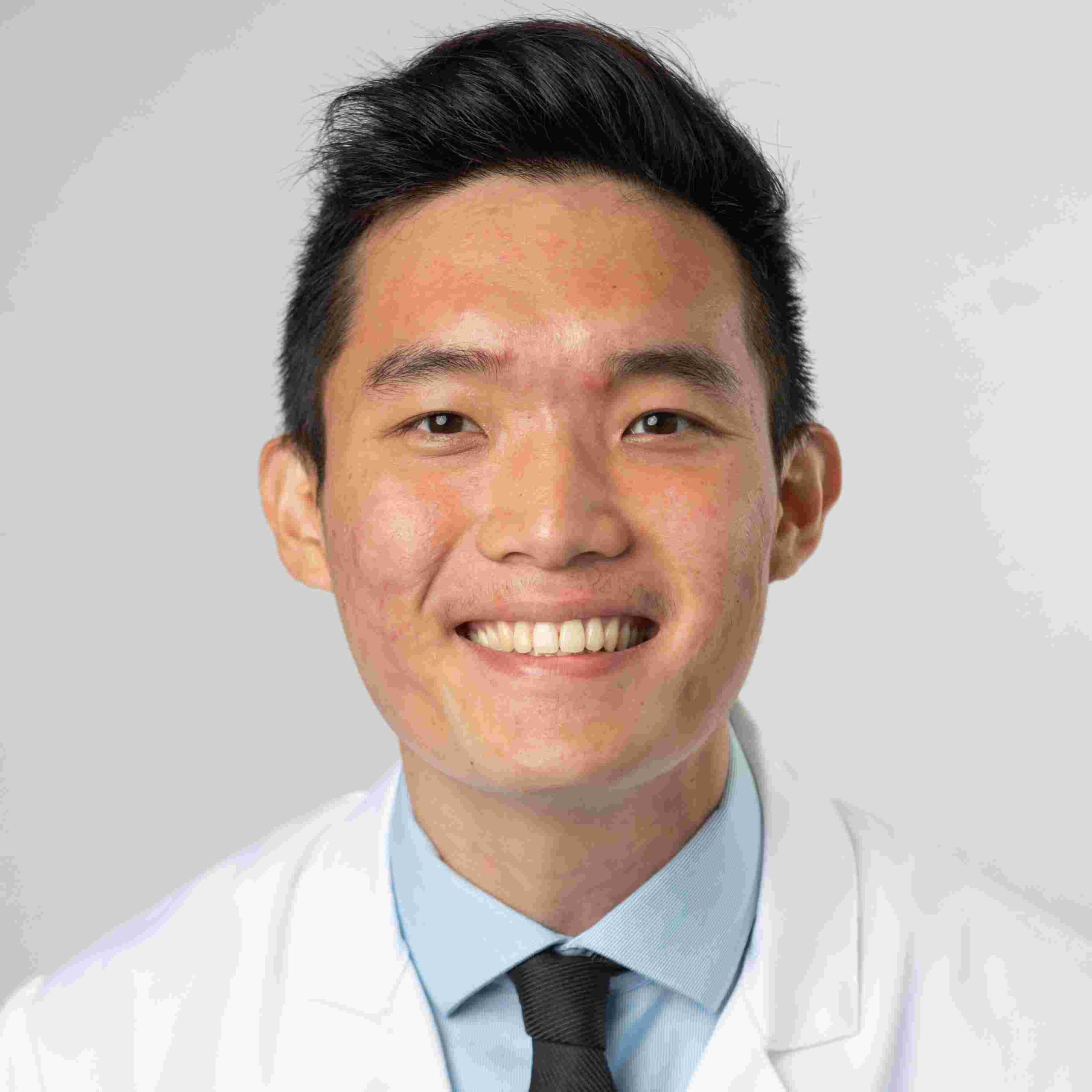
Network Director
Hi! My name is Stephen and I’m a third year medical student at Drexel University College of Medicine. I’m from Rowland Heights, CA and went to UC Berkeley where I majored in Public Health. My interests in medicine and my Taiwanese heritage has given me a desire to serve the greater AANHPI community. Hobby-wise, I enjoy playing basketball, collecting sports cards, and thrift shopping.
Timothy Liu, Region 2 Director
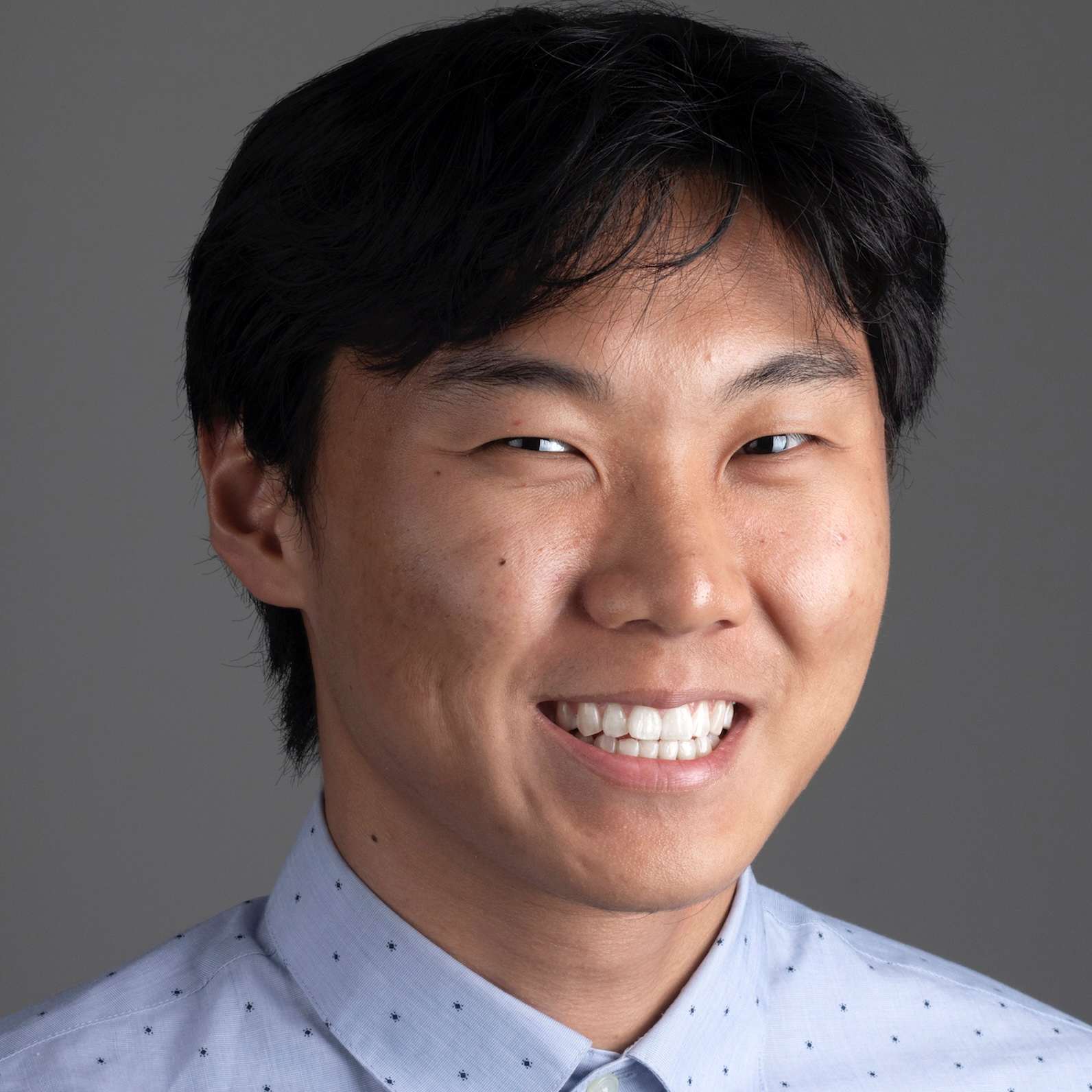
Network Director
I was born in Toledo Ohio and grew up in Andover, Massachusetts. I went to Georgia Tech with an interest in Biomedical Engineering, and completed my degeree while conducting influenza research at the CDC. I spent a year supplementing anesthesia research at Beth Israel in Boston with an internship at a medical robotics startup at Noah medical in the Bay with a continued interest in advancing technological innovations in medicine to improve patient care. I am completing a full-covered extra year in Biomedical Informatics with a specific interest in AI to conduct further research of AI in medicine. Outside of medical school I enjoy playing volleyball.
Lara Castaneda, Region 2 Director
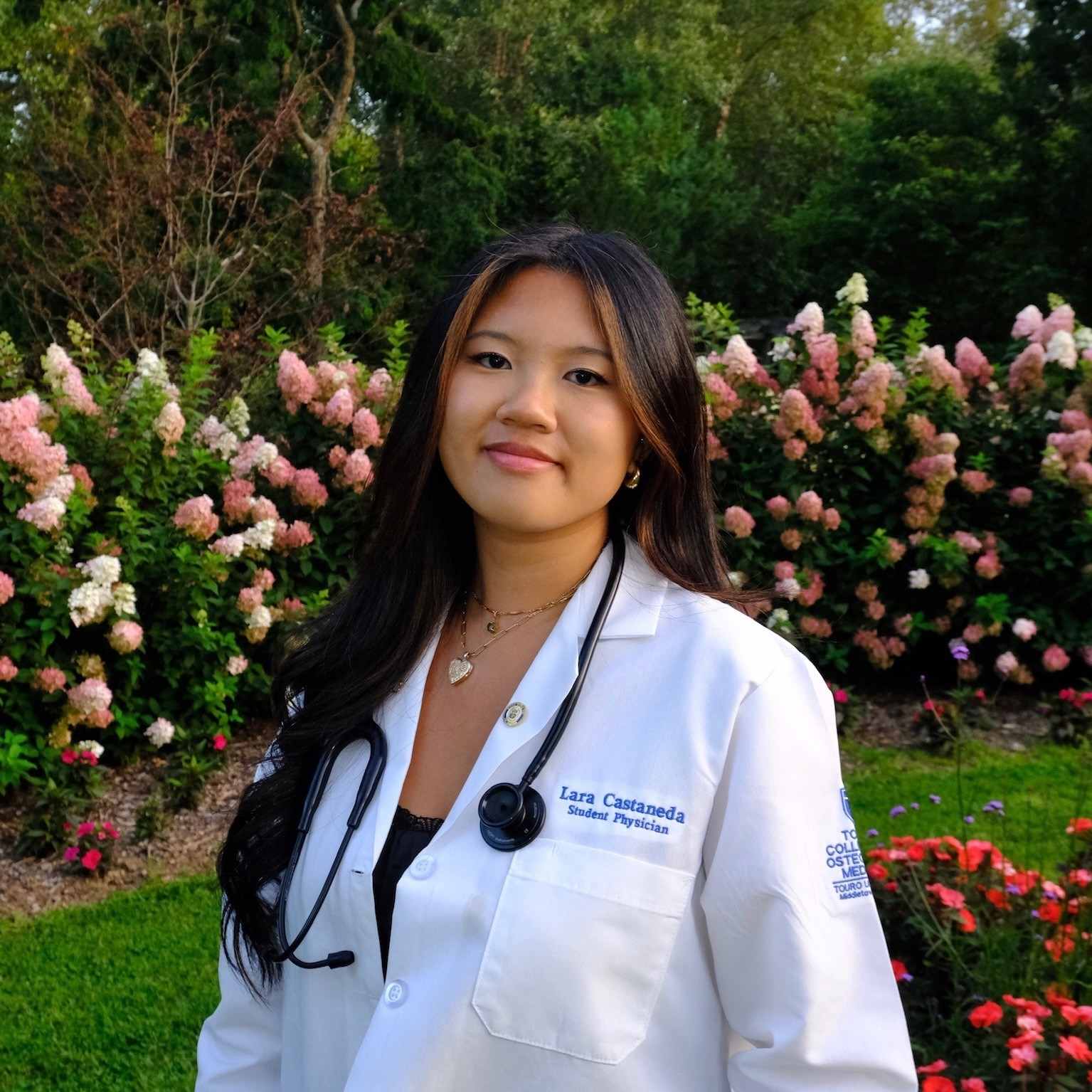
Network Director
Hey everyone! My name is Lara Castaneda and I am currently a second-year medical student at Touro College of Osteopathic Medicine Middletown. I was born and raised in Westchester, New York. For my undergraduate studies, I attended Stony Brook University where I graduated with a major in Health Science and minor in Chemistry. Since starting medical school, my commitment to increasing awareness and encouraging communication around AAPI medical concerns motivated me to co-found and serve as President for my medical school’s APAMSA chapter. I was so deeply influenced by APAMSA’s mission and goals that I served as Database Director last year, where I fell in love with supporting local chapters and saw firsthand the impact we can make at the community level. This experience encouraged me to take on the role of Region 2 Director, where I am excited to focus on the NY/NJ area and eager to give back to the community that shaped me into who I am today. Outside of school, I love trying new food spots, doing my own nail art, traveling, and playing volleyball. I’m incredibly excited to serve as one of your Region 2 Directors, and I look forward to continuing my commitment to amplifying the voices of the APAMSA community!